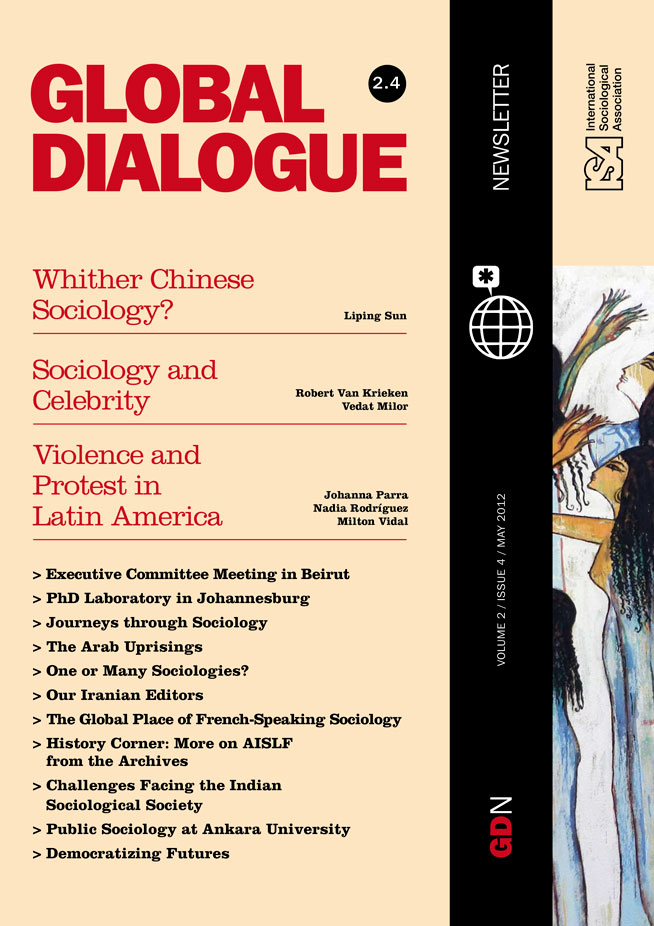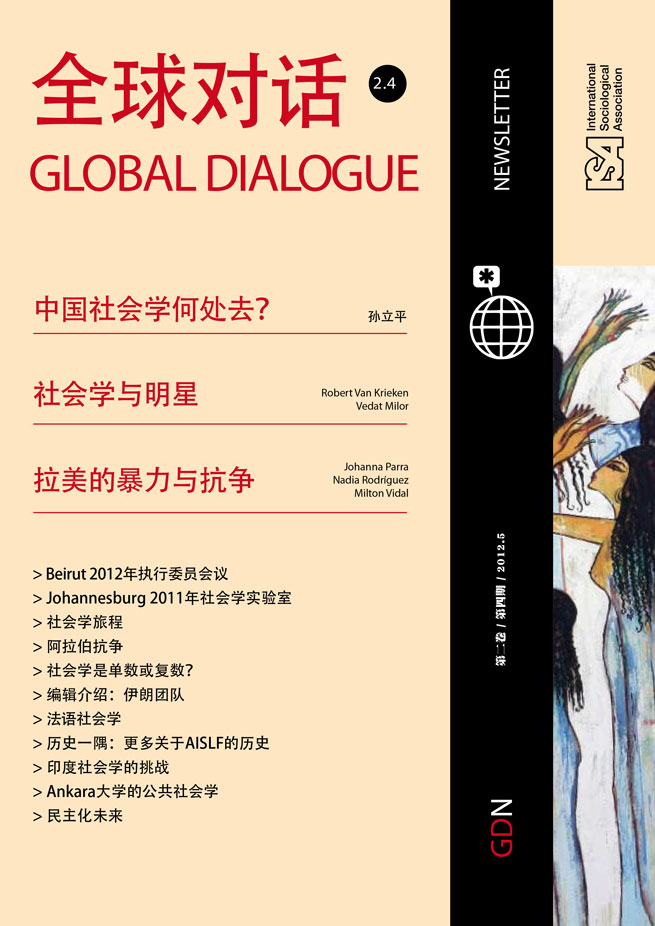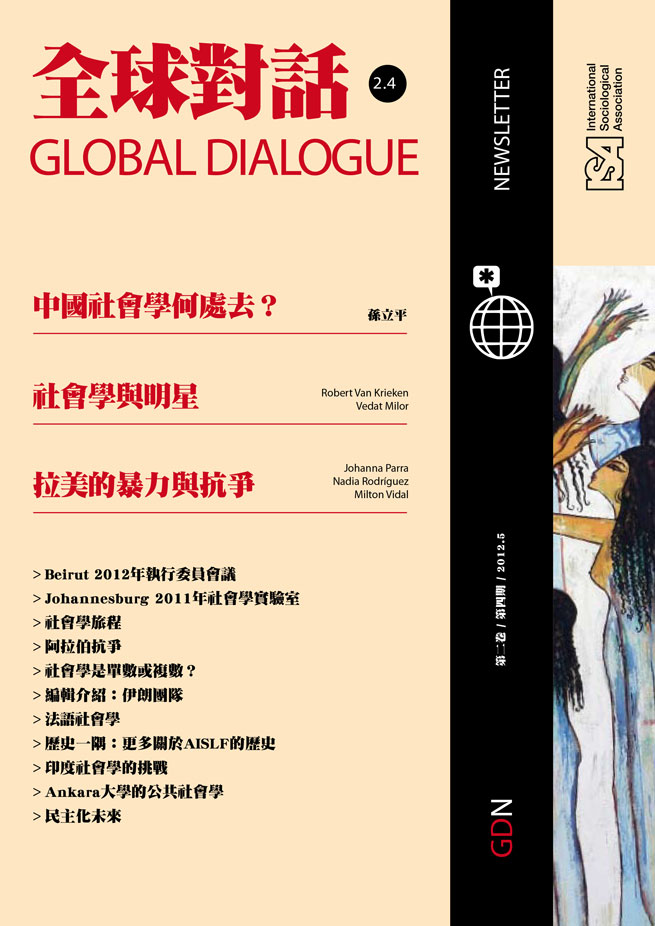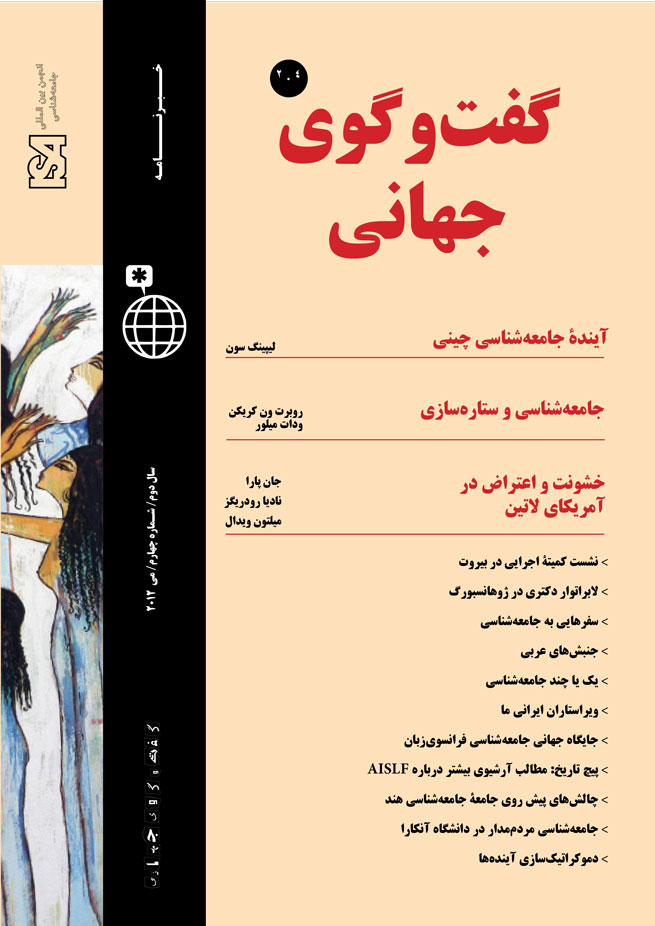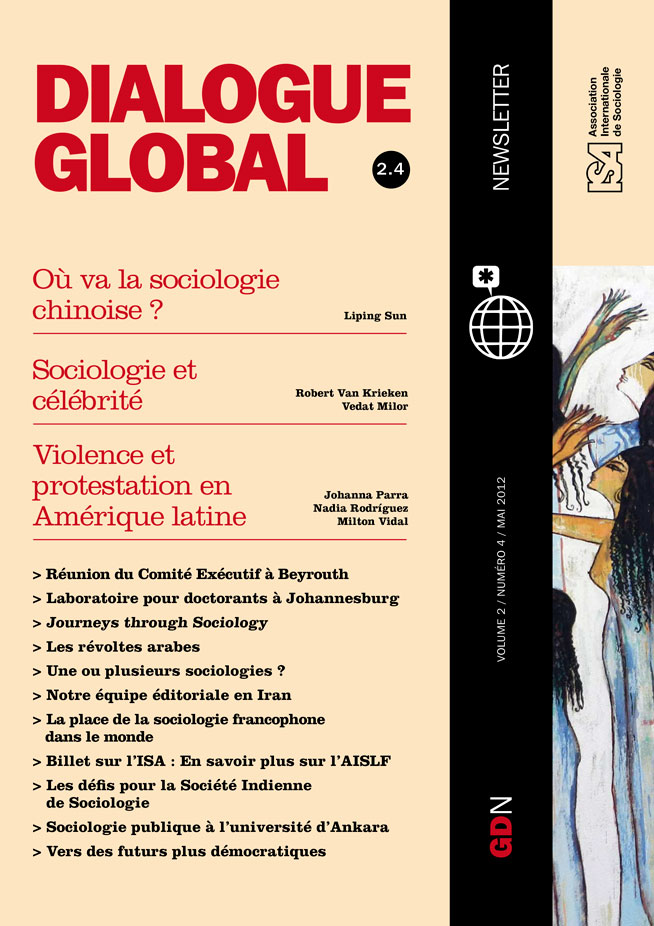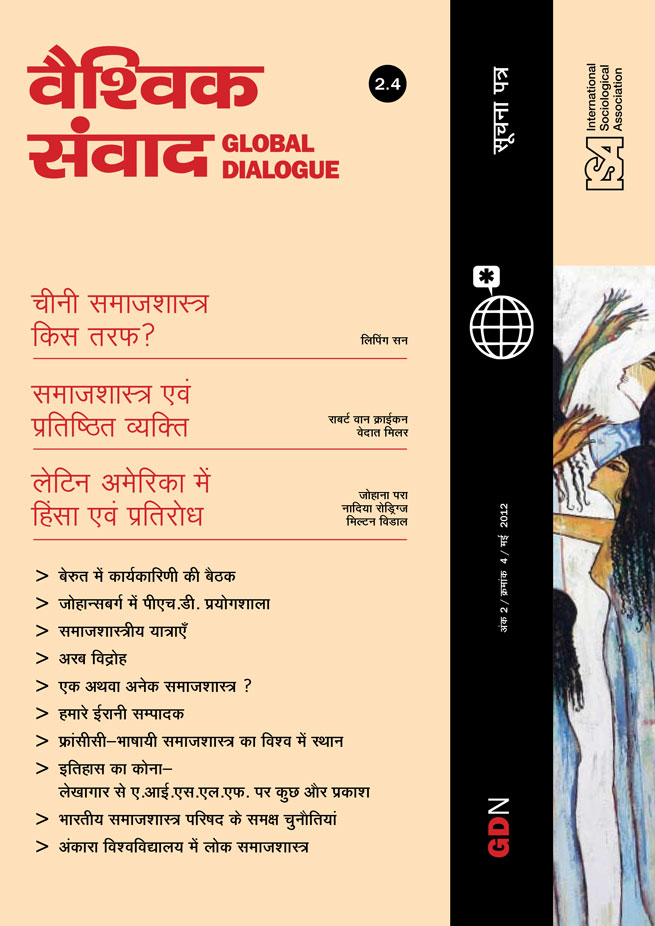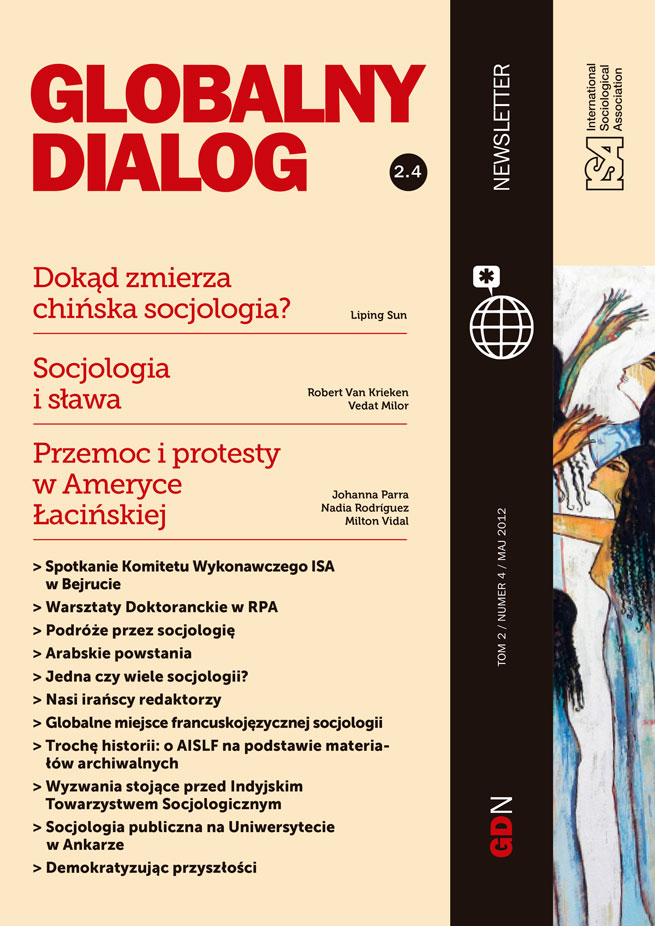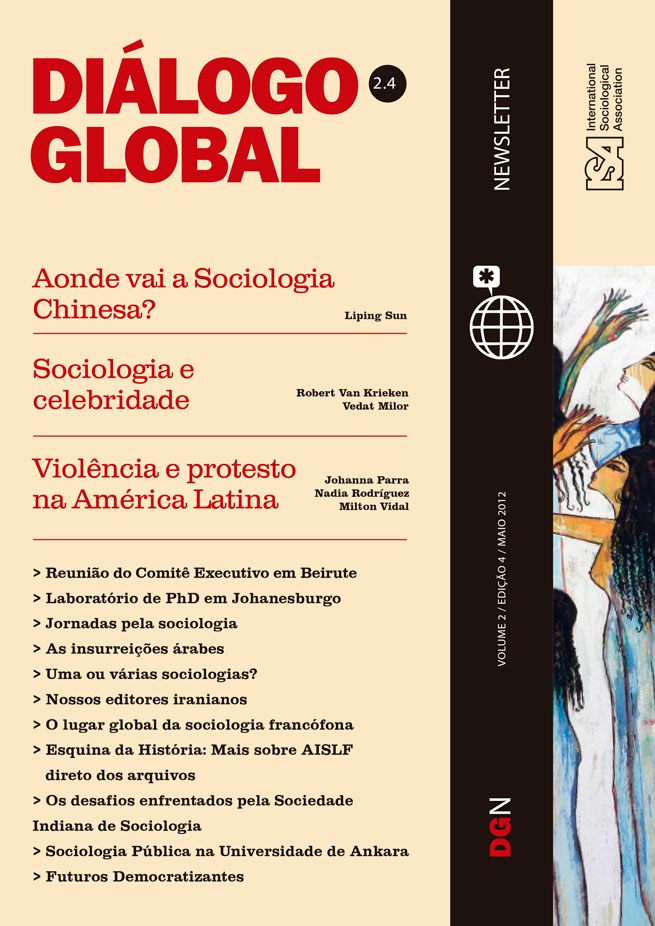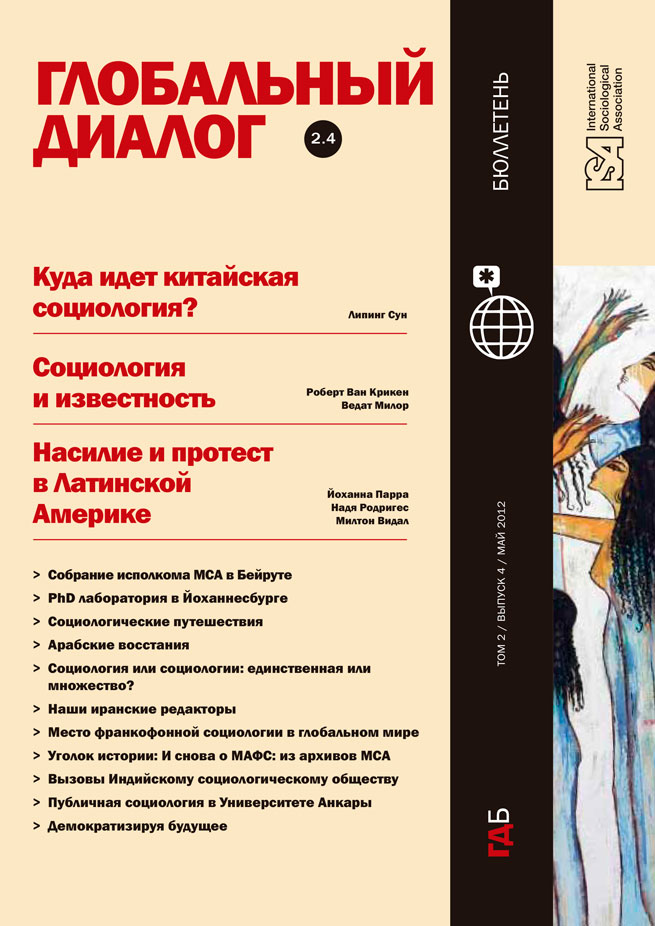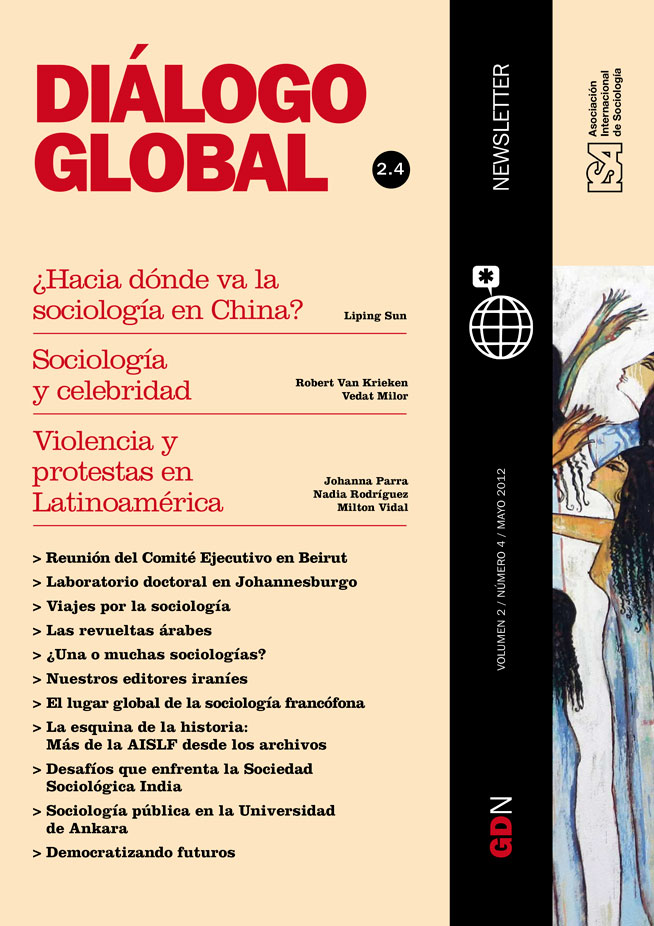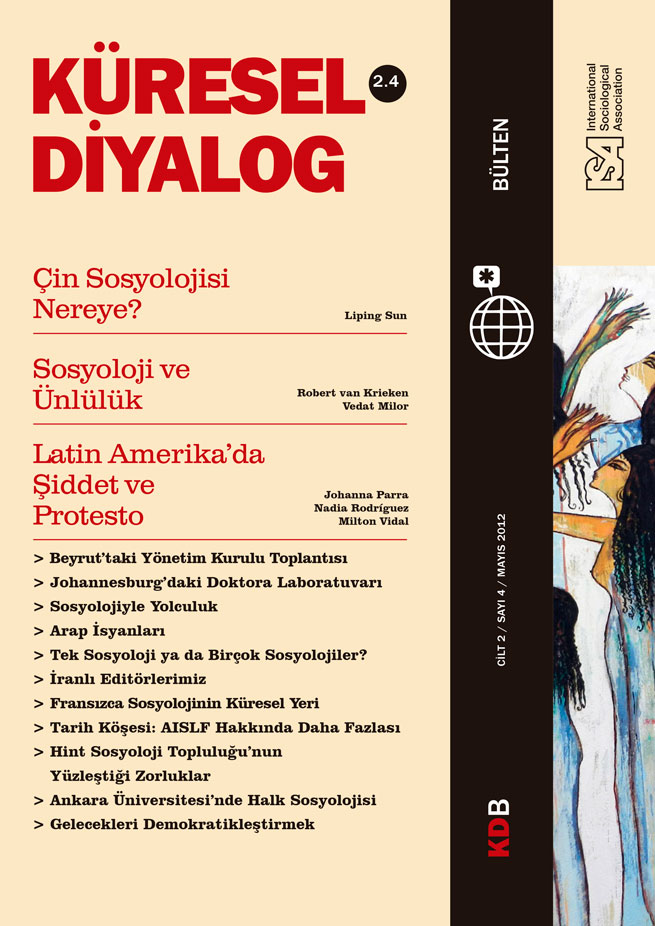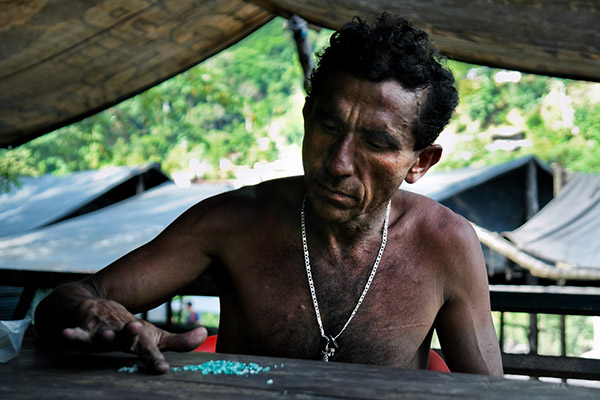Read more about Violence and Protest in Latin America
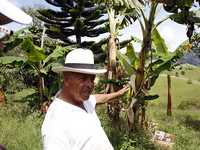
Land Restitution in Colombia
by Nadia Margarita Rodríguez
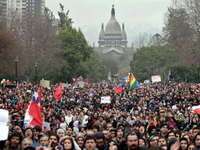
The Student Movement in Chile
by Milton L. Vidal
July 31, 2013
Factional violence taking place in Colombia has become an object of sociological analysis, particularly through the specialty known as Violentology. This Colombian branch of sociology was initially dedicated to the study of the Colombian historical period called La Violencia (1945-1965), grounded in the seminal book La Violencia en Colombia. Estudio de un Proceso Social (1962) by Bishop Germán Guzmán Campos, Orlando Fals Borda and Eduardo Umaña. This work, built on the concept of “structural poverty,” consists of a sociological explanation of the turmoil that caused civil violence. One particular event – the assassination of Jorge Eliécer Gaitán, Caudillo of the Liberal Party on April 9th, 1948 – turned the constant violence that was present in the social and political imaginary into something all too real. But the underlying cause of the dissolution of the “social body” lay in the absence of a symbolic nation-state unity.
Several political, military, and religious powers instigated the masses to take up arms and face their partisan opponents in a battle unto death. The Liberal and the Conservative parties are the traditional historical Colombian political formations, inherited from the Independence Forces (1810-1830) that gave birth to the nation. Violence has been embedded in the everyday life of the nation-state, from Independence through to the present day. Between 1863 and 1886 alone, there occurred nine great civil wars, which laid the basis of factional fights and the roots of violence in the 20th century, transmitted from one generation to the next up to the present, as Daniel Pécaut has clearly explained in Order and Violence.
Violentology has extended its studies to all violence across time and territory, making itself central to the social sciences in Colombia and for understanding Colombian history and society. In fact, much remains to be done: we need to produce historiographic and ethnographic works that will make it possible to understand the violence embedded in everyday life. My work is intended as a contribution to this task.
Not only the military confrontations generated by La Violencia have turned the country into blood and fire, but the extreme barbarity of the atrocities has normalized violence as part of everyday life. At the end of La Violencia, during the Cold War of the 1960s and 1970s, different groups took up arms to found Marxist guerilla movements. One of these, FARC (Colombian Revolutionary Army), coming from the armed factions of the Liberal Party, is still active today. On the other side, the paramilitary forces stem from both the reactivation of the Conservative Party militias and the privatization of the security and armed forces established by drug traffickers. The endless armed conflicts and the very nature of military action and confrontation, deploying systematic terror and atrocity, have created huge numbers of displaced persons. Violence is so entrenched in daily life that it invades intimate relations and causes irreconcilable divisions among and even within families, creating painful silences that are transmitted from one generation to another.
Let me turn to my research in the Emeralds region, located in an isolated territory in the Eastern Andes, where around 80,000 inhabitants live some 40 km from Chiquinquirá, the provincial capital in the Department of Boyacá. In just ten years, this region has experienced the passage from a peasant economy to a mining economy. It has produced excessive wealth for a few inhabitants who ventured into the mines in search of valuable emeralds. The transformation of the regional economy has fractured the peasant family groupings, bringing about new kinship alliances. These new associations among the most active families in the emerald business have required the collaboration of entrepreneurs and security guards, within the very same family business. It has consolidated the mafia families within a peasant tradition in which values of family, honor, blood, and loyalty, are fundamental for managing the economy, much as Anton Blok has described in The Mafia of a Sicilian Village, A Study of Violent Peasant Entrepreneurs (1860-1960).
Because the Colombian state failed to administer and guard the mines against violent inhabitants searching for emeralds, in the 1970s the mines were captured by the bosses and godfathers or Dons, as they are called in the local language. In the period between 1960 and 1991, there were two “Emerald Wars” in which the bosses fought for the control of the mineral exploitation. As a result, at least 5,000 people were left dead in the region. In 1991, the wars ended with a peace treaty agreed to by the Dons who had survived. The conflicts between emerald traders have not disappeared, however, and we have to add to this the appearance of drug trafficking and the paramilitary. The new elements appearing in the region have put these controlling families in contact with illegal economies and private armies, which has intensified the endogamous culture of violence.
Similar features can be found in other regions of Colombia. Violence has entered into the most private realms, into domestic relations and child rearing, all of which is the result of an economic boom and the absence of state regulation. While it is morally and politically discouraging, it also gives new urgency to the need for social science fieldwork to understand and publicize the patterns of conflict, underlining the necessity for state intervention.
Johanna Parra, Universidad Icesi, Cali, Colombia
This issue is not available yet in this language.
Request to be notified when the issue is available in your language.
If you prefer, you can access previous issues available in your language:

